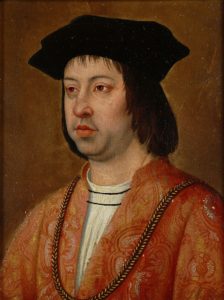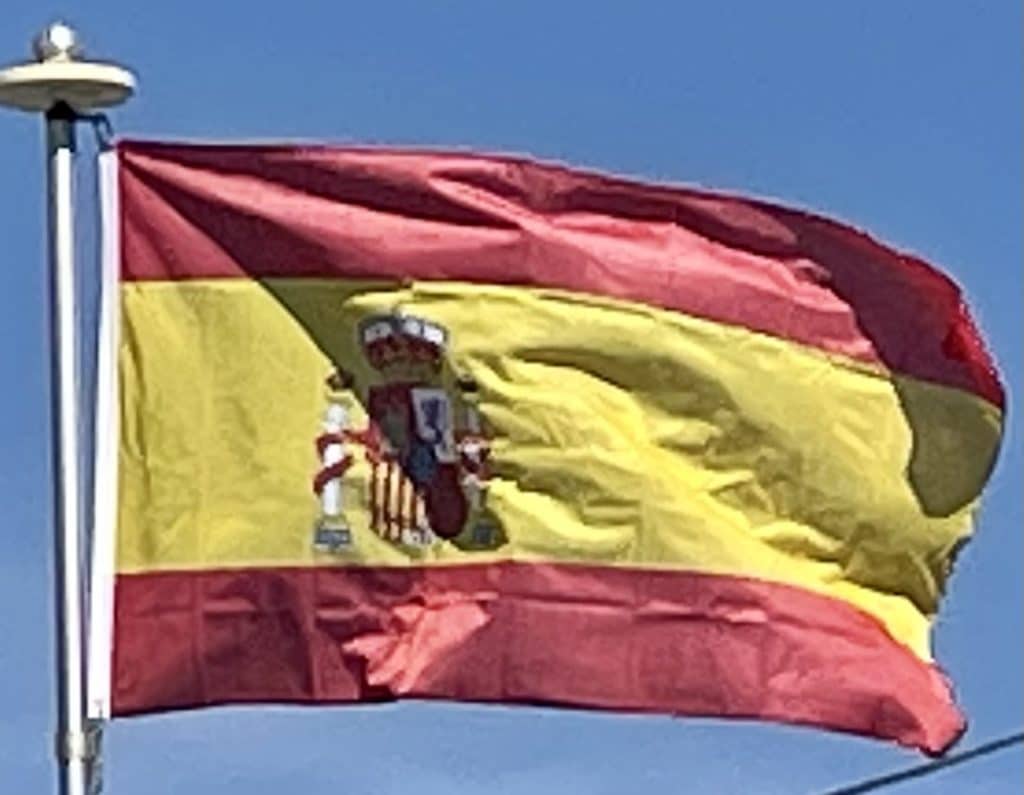The 13th century also witnessed the Crown of Aragon, centered in Spain’s north east, expand its reach across islands in the Mediterranean, to Sicily and Naples. Around this time the universities of Palencia (1212/1263) and Salamanca (1218/1254) were established. The Black Death of 1348 and 1349 devastated Spain.[54]
Spanish Empire:
In 1469, the crowns of the Christian kingdoms of Castile and Aragon were united by the marriage of Isabella I of Castile and Ferdinand II of Aragon. 1478 commenced the completion of the conquest of the Canary Islands and in 1492, the combined forces of Castile and Aragon captured the Emirate of Granada from its last ruler Muhammad XII, ending the last remnant of a 781-year presence of Islamic rule in Iberia. That same year, Spain’s Jews were ordered to convert to Catholicism or face expulsion from Spanish territories during the Spanish Inquisition. As many as 200,000 Jews were expelled from Spain. This was followed by expulsions in 1493 in Aragonese Sicily and Portugal in 1497. The Treaty of Granada guaranteed religious tolerance towards Muslims, for a few years before Islam was outlawed in 1502 in the Kingdom of Castile and 1527 in the Kingdom of Aragon, leading to Spain’s Muslim population becoming nominally Christian Moriscos. A few decades after the Morisco rebellion of Granada known as the War of the Alpujarras, a significant proportion of Spain’s formerly-Muslim population was expelled, settling primarily in North Africa. From 1609 to 1614, over 300,000 Moriscos were sent on ships to North Africa and other locations, and, of this figure, around 50,000 died resisting the expulsion, and 60,000 died on the journey.

The year 1492 also marked the arrival of Christopher Columbus in the New World, during a voyage funded by Isabella. Columbus’s first voyage crossed the Atlantic and reached the Caribbean Islands, beginning the European exploration and conquest of the Americas, although Columbus remained convinced that he had reached the Orient. Large numbers of indigenous Americans died in battle against the Spaniards during the conquest, while others died from various other causes. The death toll may have reached some 70 million indigenous people (out of 80 million) in this period, as diseases such as smallpox, measles, influenza, and typhus, brought to the Americas by the conquest, decimated the pre-Columbian population.
The Spanish colonization of the Americas started with the colonization of the Caribbean. It was followed by the conquest of powerful pre-Columbian polities in Central Mexico and the Pacific Coast of South America. An expedition sponsored by the Spanish crown completed the first voyage around the world in human history, the Magellan-Elcano circumnavigation. The tornaviaje or return route from the Philippines to Mexico made possible the Manila galleon trading route. The Spanish encountered Islam in Southeast Asia and in order to incorporate the Philippines, Spanish expeditions organized from newly Christianized Mexico had invaded the Philippine territories of the Sultanate of Brunei. The Spanish used the conflict between Pagan and Muslim Philippine kingdoms to pit them against each other thus using the “Divide and Conquer Principle”. The Spanish considered the war with the Muslims of Brunei and the Philippines, a repeat of the Reconquista.
